The chilling day the swastika flew beside the union jack
- Published
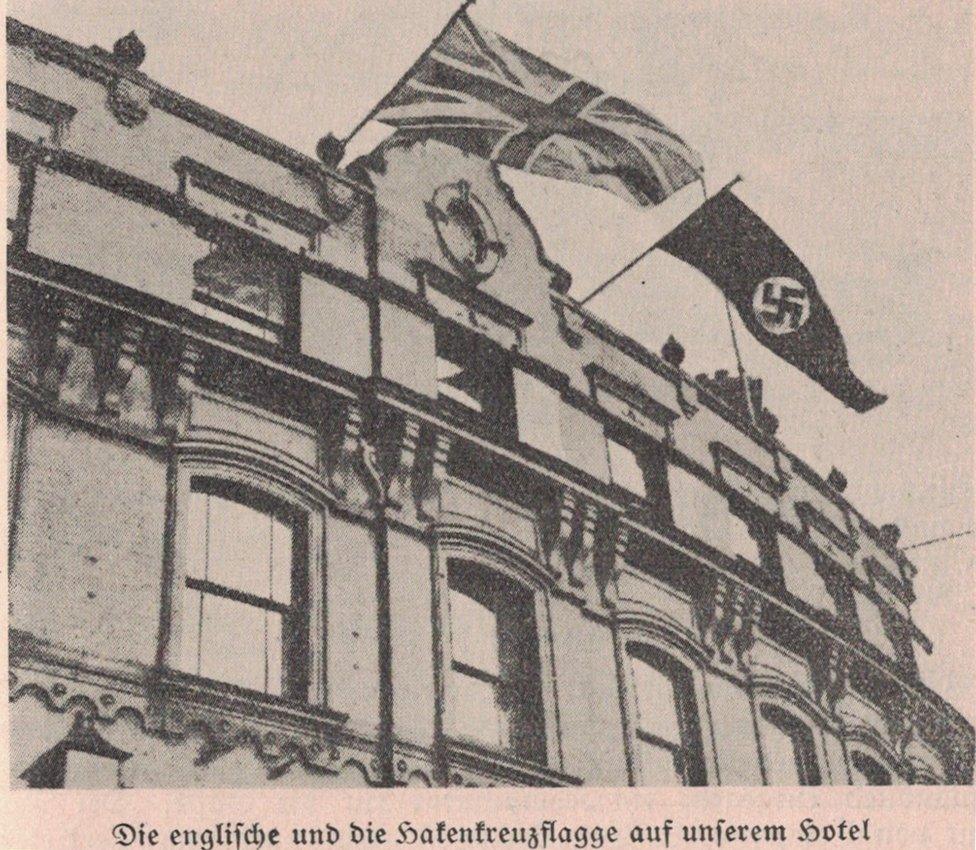
The photograph was printed in a Nazi propaganda paper and tracked down by a German archivist
A fuzzy newspaper image may be a record of the only time a union jack and a Nazi swastika flew together in Britain, experts have said.
The recently discovered photograph was taken during a German boxing team's visit to Nottingham in October 1936.
Despite tension rising between the countries, visits between groups and societies were common.
Local historian Tom Andrews said: "It's quite chilling to see the two flags side by side."
The flags were flown together outside Nottingham's now demolished County Hotel to welcome the Stuttgart Police boxing club.
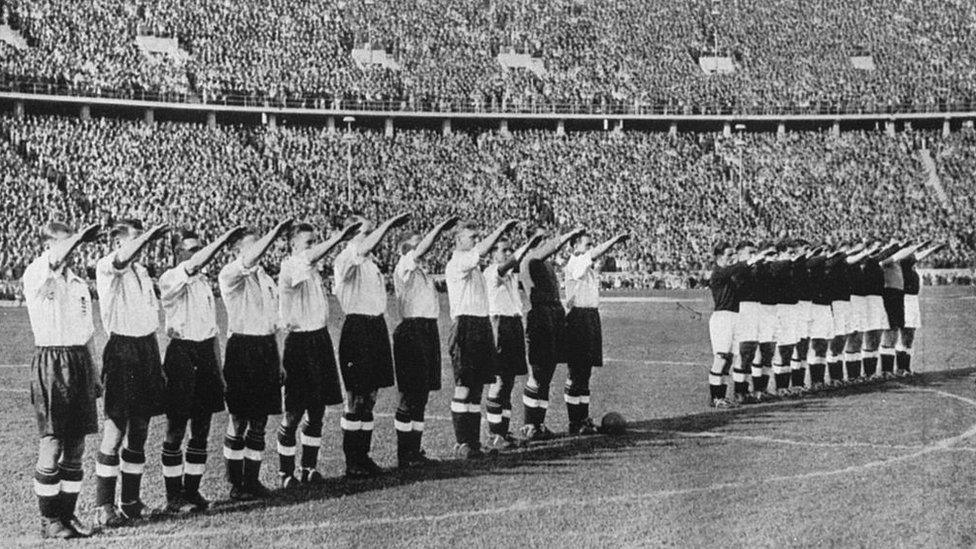
The England team, in white, giving the Nazi salute in Berlin in 1938 led to controversy at home
Despite World War One, Britain maintained strong links with Germany, even as the regime of Hitler took over and became more belligerent.
A desire to support these links led to a number of events which, with hindsight, are jarring.
These included the swastika flying over White Hart Lane football ground in 1935 and, perhaps most infamously, the England football team giving the Nazi salute in Berlin in 1938.
Professor Julie Gottlieb, an expert in modern history, said: "We often forget how cordial relations were between Britain and Germany; there was an Anglo-German fellowship.
"The two countries were trading partners up until 1939.
"But I can't think of another example where the two flags flew side by side in Britain."
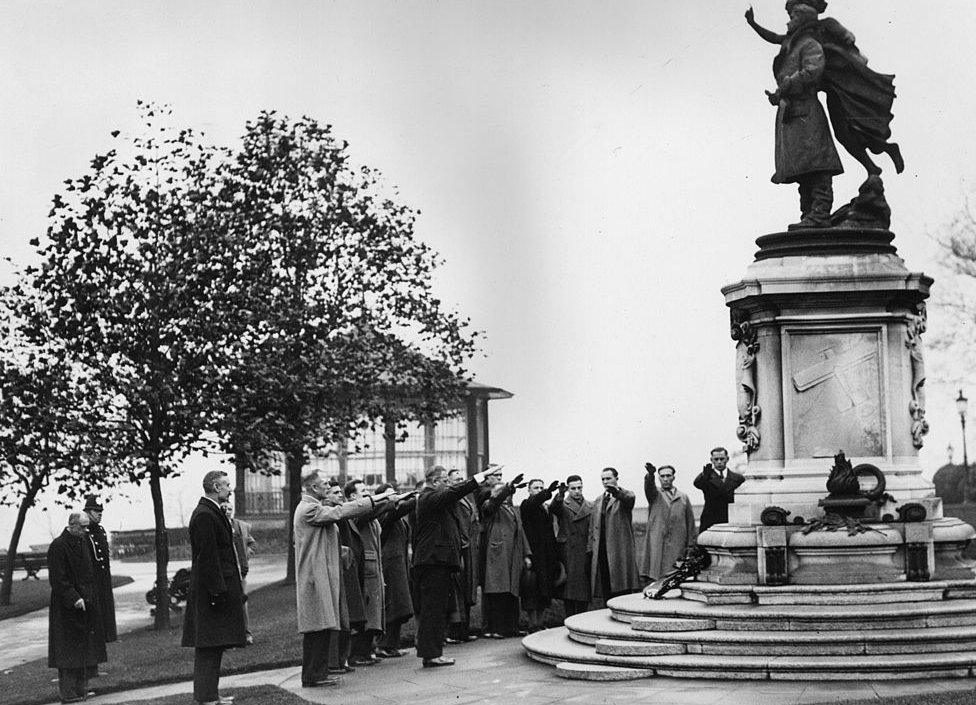
During the same Nottingham visit, the German boxing team gave a Nazi salute to the statue of World War One pilot Albert Ball
Mr Andrews has researched Nottingham's wartime police chief constable, Athelstan Popkess.
He said: "Popkess was keen on his officers doing sports, especially boxing, and competing against other police teams.
"This resulted in a goodwill visit with Stuttgart police, with Nottingham's team going over to Germany first.
"I had heard accounts of the two flags flying together but didn't think there were any photos."
On hearing the story, a contact of Mr Andrews checked in the Stuttgart police archives.
"And he found the photo but didn't know which building it was on, so I tracked down the location," he added.
"It's quite chilling to see the two flags side by side just three years before war broke out.
"But Popkess saw the militarisation of Germany and it led him to organise Nottingham air raid precautions, which became an example many cities followed."
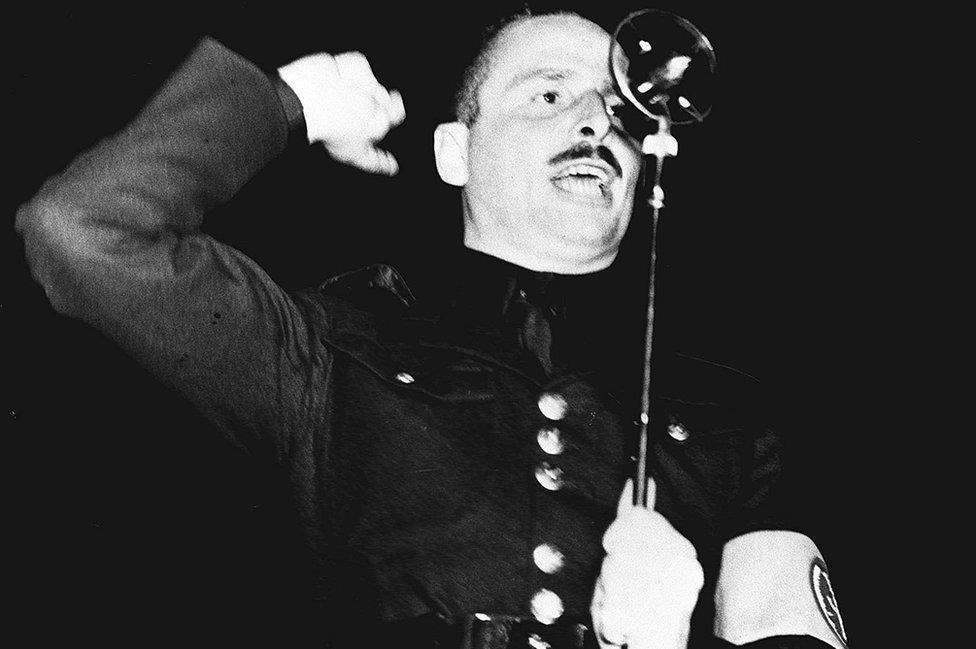
The British Union of Fascists, led by Oswald Mosley, claimed 50,000 members in the early 1930s
The visit was used for propaganda purposes by the Nazis and an accompanying article reported how the city's sheriff had led a cheer for Hitler and the hosts had given the Nazi salute when the German national anthem was played.
But Prof Gottlieb said these actions have to be put in context.
"The swastika did not have the same shock value then as it does now.
"But you did not have to look far to see evidence of what the Nazis were like, especially with the Nuremberg laws and the persecution of minorities," she said.
Britain had its own far-right party, led by fascist Oswald Mosley.
The British Union of Fascists (BUF) claimed 50,000 members in the early 1930s and was involved in several high-profile public disturbances.
Prof Gottlieb said: "But they never used the swastika. As an ultra nationalist and patriotic movement, it prolifically used the union jack.
"When, by the mid 1930s, the BUF was aligning itself more with the Nazi regime, it changed its own symbol to the flash in the circle - which got them the nickname 'flash in the pan'.
"But they were never really a major political force - more concern was focused on fascist tendencies in government.
"The establishment was more ready to give Hitler the benefit of the doubt, and appeasement was the expression of this but after Kristallnacht in November 1938, however, there were few public defenders of the Nazi regime."

Follow BBC East Midlands on Facebook, external, on Twitter, external, or on Instagram, external. Send your story ideas to eastmidsnews@bbc.co.uk, external.
Related topics
- Published8 May 2021
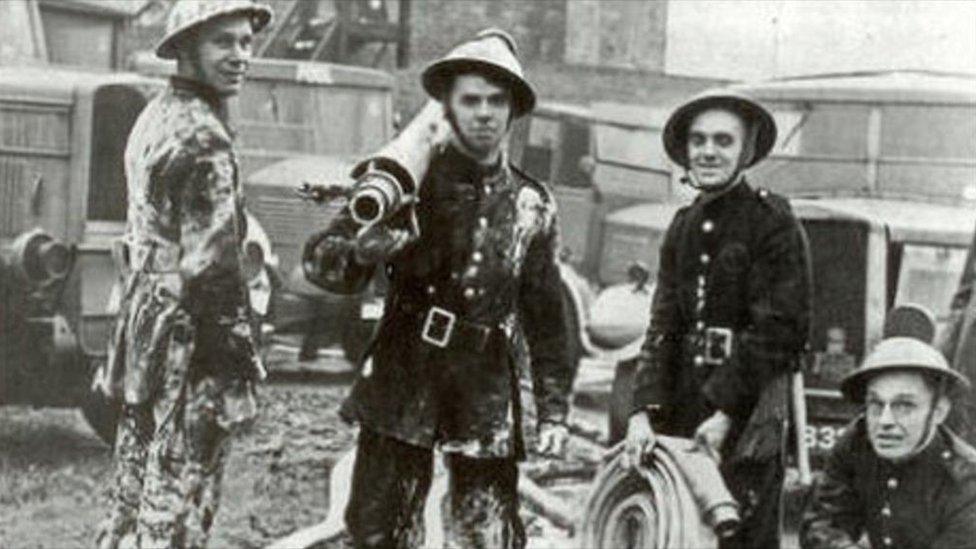
- Published26 August 2019
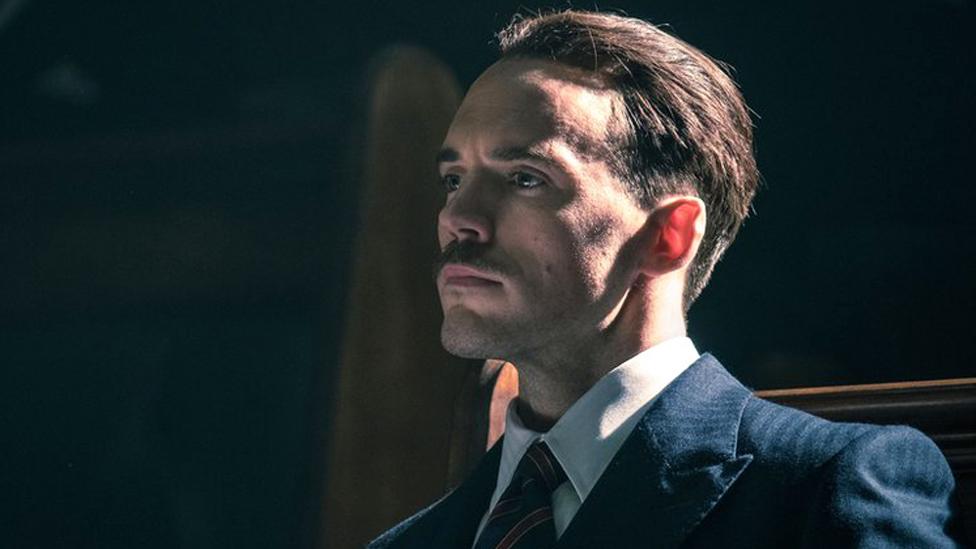
- Published29 April 2017
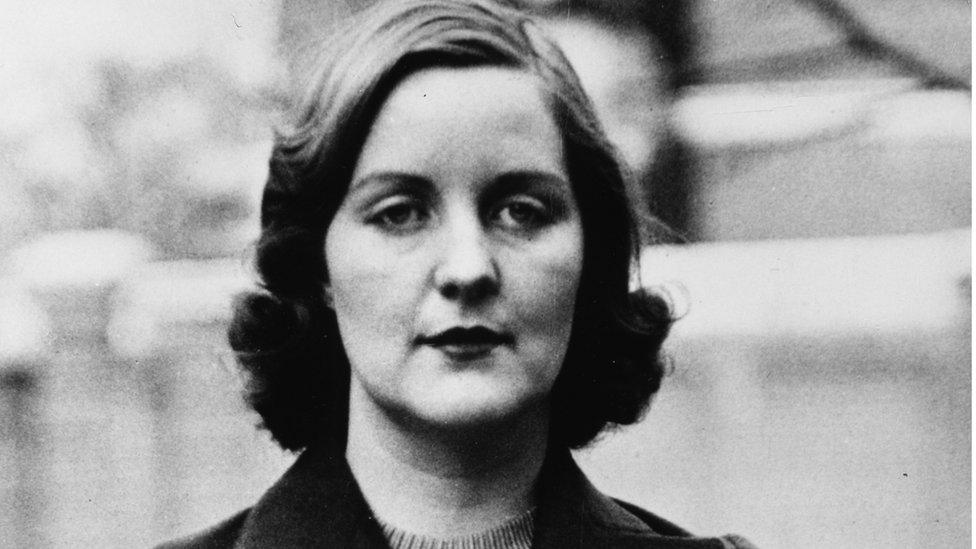
- Published14 March 2014
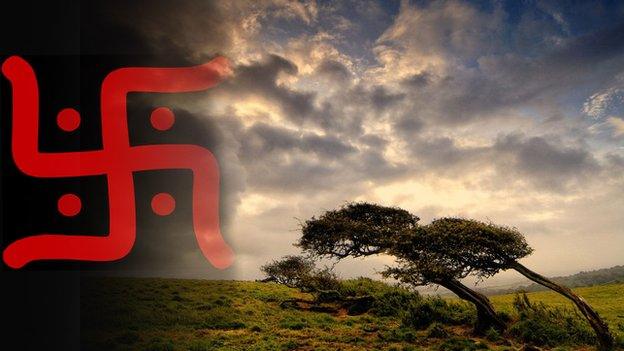
- Published2 December 2013
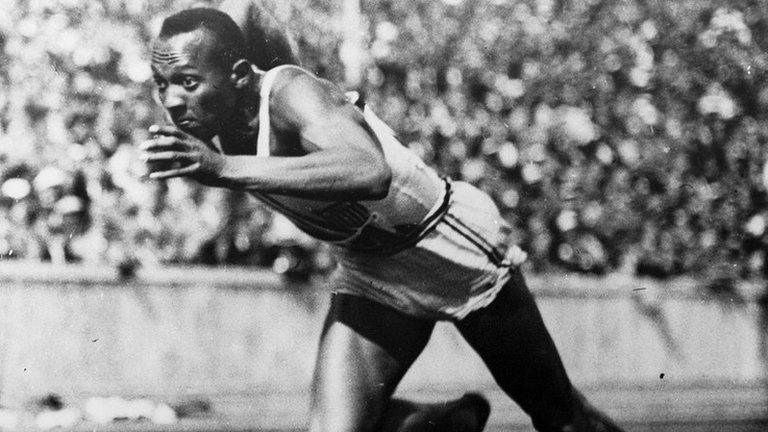
- Published7 December 2012
